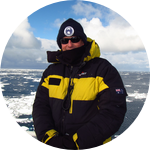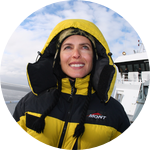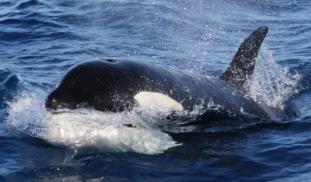Please wait...
About This Project
Killer Whales Australia
To properly conserve a species, you must first of all understand it. There is currently no population estimate or ecological understanding of killer whales in Australian waters. With the development of an open access database, contributions from Citizen Science and expertise from the scientific community, we can use sophisticated analyses to determine population abundance which will give us a baseline conservation status for this species.
Note: All donations are in U.S dollars.
More Lab Notes From This Project

Browse Other Projects on Experiment
Related Projects
Using eDNA to examine protected California species in streams at Hastings Reserve
Hastings Reserve is home to three streams that provide critical habitat for sensitive native species. Through...
City smart: Are cities making birds smarter?
One cannot go to Florida and miss the White Ibises roaming golf, park and private lawns. But how does a...
How do polar bears stay healthy on the world's worst diet?
Polar bears survive almost entirely on seal fat. Yet unlike humans who eat high-fat diets, polar bears never...




